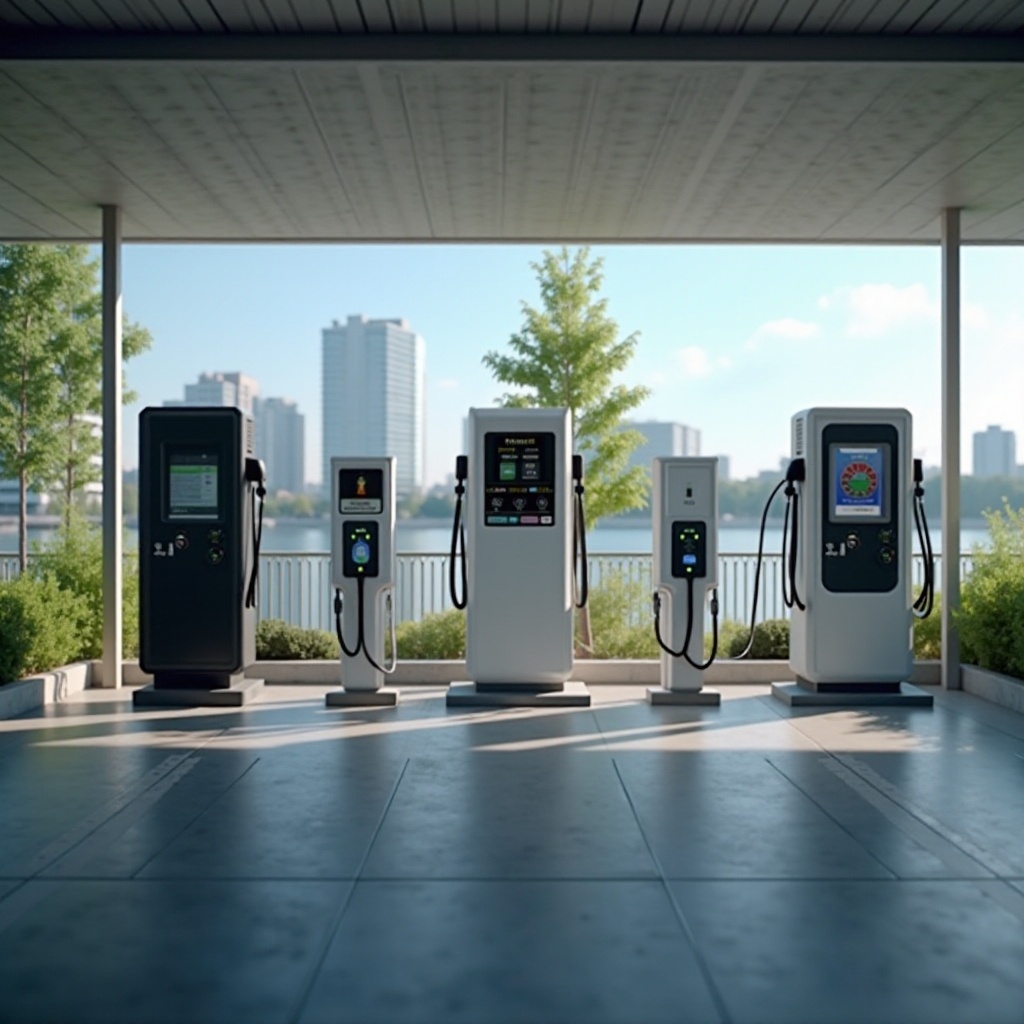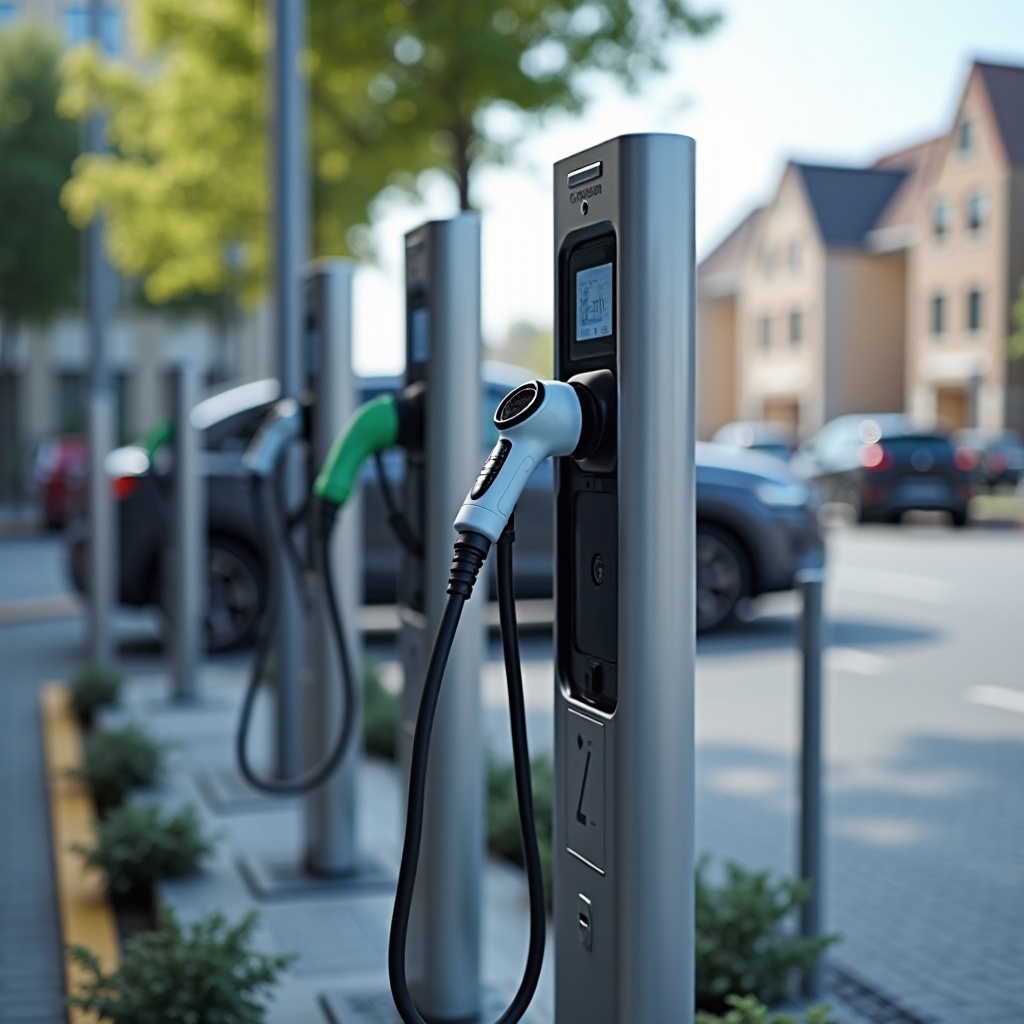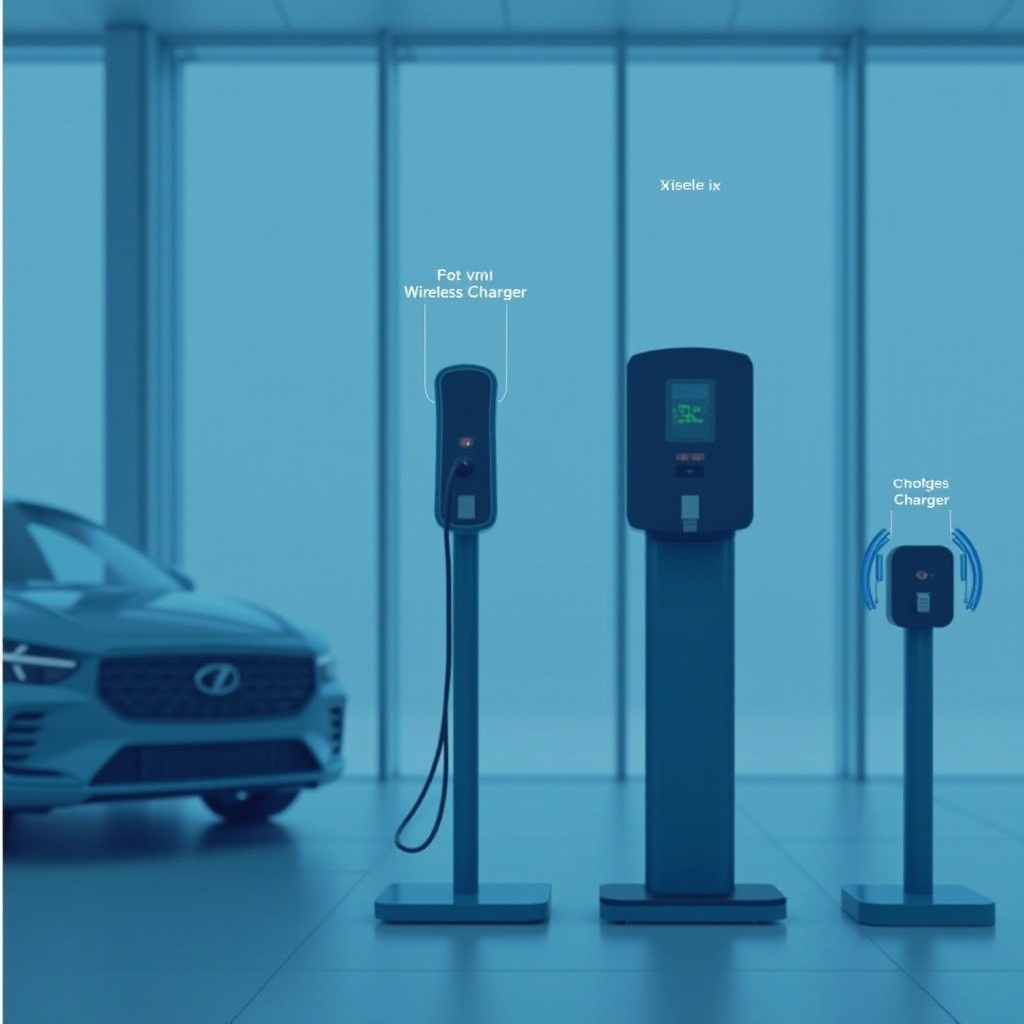Introduction
New energy vehicles (NEVs) have taken the automotive world by storm, ushering in an era of more sustainable and eco-friendly driving. Owning an NEV involves understanding various factors, including the most efficient charging methods to keep your vehicle running optimally. Grasping the assorted charger types for NEVs can significantly enhance your driving experience and ensure you make the right choices regarding your charging infrastructure. In this blog, we will delve into the diverse charger types, home and public charging solutions, advanced charging technologies, and specialty chargers available for NEVs.

Understanding Charger Levels
Charging levels define the voltage and power outputs available for charging electric vehicles. Each level suits different needs and environments, providing varying charging speeds and efficiencies.
Level 1 Chargers
Level 1 chargers are the most basic form of NEV charging, often using a standard household outlet—usually 120 volts. Ideal for those who drive short distances, a Level 1 charger typically provides around 4-5 miles of range per hour of charging. Though it is the slowest, it is highly accessible and requires no special installation, making it a convenient option for overnight home use.
Level 2 Chargers
Level 2 chargers represent a significant step up in charging efficiency. Operating at 240 volts, these chargers can add approximately 25 miles of range per hour, making them suitable for longer daily commutes. Residential installation may require the services of a licensed electrician as you will need a dedicated circuit. Many public charging stations also employ Level 2 chargers due to their faster charging capabilities.
Level 3 Chargers
Level 3 chargers, also known as DC Fast Chargers, offer the fastest way to charge your NEV. They can charge a vehicle to 80% in approximately 30 minutes, making them ideal for long trips and quick top-ups. These chargers are typically found in public charging networks and rest stops along highways. Their high power levels, which can exceed 400 volts, make them unsuitable for home installation but perfect for commercial uses and fleet applications.
Home Charging Solutions
Home charging solutions offer the convenience of charging your NEV right in your driveway or garage, saving time and ensuring your vehicle is always ready to go.
Level 1 Home Chargers
A Level 1 home charger involves plugging your NEV into a standard household electrical outlet. This requires no additional installation and incurs minimal setup costs. Perfect for drivers with low daily mileage, a Level 1 charger’s slow recharge rate meets the demands of a leisurely overnight charge.
Level 2 Home Chargers
For those needing a quicker charge, Level 2 home chargers are the go-to option. These systems provide a much faster charging time than Level 1 chargers and can be installed by an electrician to set up a 240-volt outlet in your garage. Although it involves an upfront installation cost, the increased speed and efficiency offer convenience, particularly for longer daily drives.
Moving on from home solutions, public charging infrastructure plays a pivotal role in the widespread adoption and ease of NEV use.
Public Charging Solutions
Public charging solutions aim at providing users with widespread access to charge their vehicles while on the go or running daily errands.
Level 2 Public Chargers
Level 2 public chargers are frequently installed in locations such as shopping centers, workplaces, and parking garages. They cater to consumers who may need to charge their NEVs while they shop or work. Everyone can use these chargers, although you might need a subscription or access card for some networks. They provide a good mix of charging speed and availability for urban dwellers.
DC Fast Chargers
DC Fast Chargers dominate the public charging landscape for their ability to charge vehicles rapidly, typically at highways and busy urban spots. These chargers are great for long trips, offering a quick stop-and-charge solution, though they tend to be more expensive to use. Many networks provide apps that help locate these chargers, making it easy for drivers to find and use them.
As technology evolves, so do the capabilities of charging systems, leading to more advanced methods that cater to the demands of modern NEV drivers.
Advanced Charging Technologies
Advanced charging technologies are pushing the boundaries, offering even quicker and more convenient ways to keep NEVs charged.
Ultra-Fast Charging Technology
Ultra-fast charging takes Level 3 charging to the next level, potentially offering a full charge in under 15 minutes. Developing rapidly, this technology promises a future where charging an NEV is as quick as a conventional fuel stop. These chargers are designed with high power output and advanced cooling systems to manage the heat generated during such rapid energy transfer.
Wireless Charging
Wireless charging technology eliminates the need for cables altogether. Employing inductive charging technologies, this system allows you to charge by simply parking over a charging pad. Though still in development and less commonly available, wireless charging offers a glimpse into a future where convenience and cleanliness are optimized.
Along with these advanced technologies, there are specialty chargers tailored to specific needs and scenarios.

Specialty Chargers
Specialty chargers cater to specific needs, whether you are on the move or seeking renewable energy solutions for your vehicle.
Portable Chargers
Portable chargers are a practical solution for charging on the go. These compact devices plug into any standard outlet, providing the flexibility needed for occasional top-ups, especially during trips where charging infrastructure is limited.
Solar-Powered Chargers
Solar-powered chargers leverage renewable energy to charge your NEV. They can be used with solar panel installations at home or via portable solar units. Shaping a greener future, these chargers reduce reliance on the grid and utility costs, promoting sustainable energy use.

Conclusion
Understanding the different charger types for new energy vehicles is vital for optimizing your NEV experience. From basic Level 1 chargers at home to advanced ultra-fast technologies on the road, each type offers distinct advantages depending on your needs. Exploring both practical home solutions and widespread public charging networks ensures a hassle-free and ready-to-go NEV.
Frequently Asked Questions
What is the difference between Level 1 and Level 2 chargers?
Level 1 chargers use 120 volts and charge slowly, suitable for overnight use. Level 2 chargers use 240 volts, offering quicker charging times.
Are wireless chargers efficient for NEVs?
Wireless chargers offer convenience without cables but are still developing. Their efficiency is improving with technology advancements.
How do I find public charging stations for my NEV?
Public charging stations can be found using various apps and networks dedicated to NEV drivers, providing locations and availability details.
